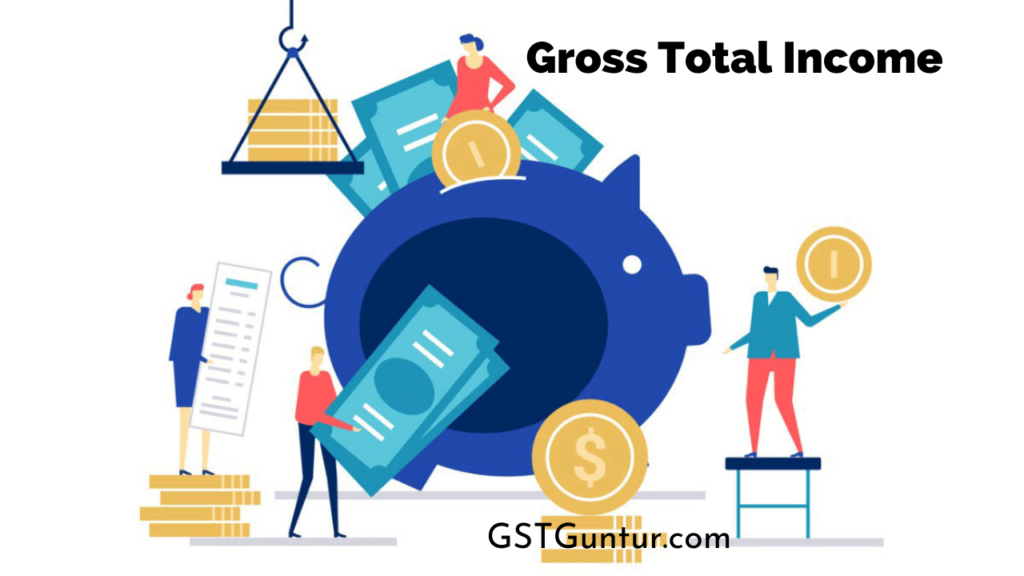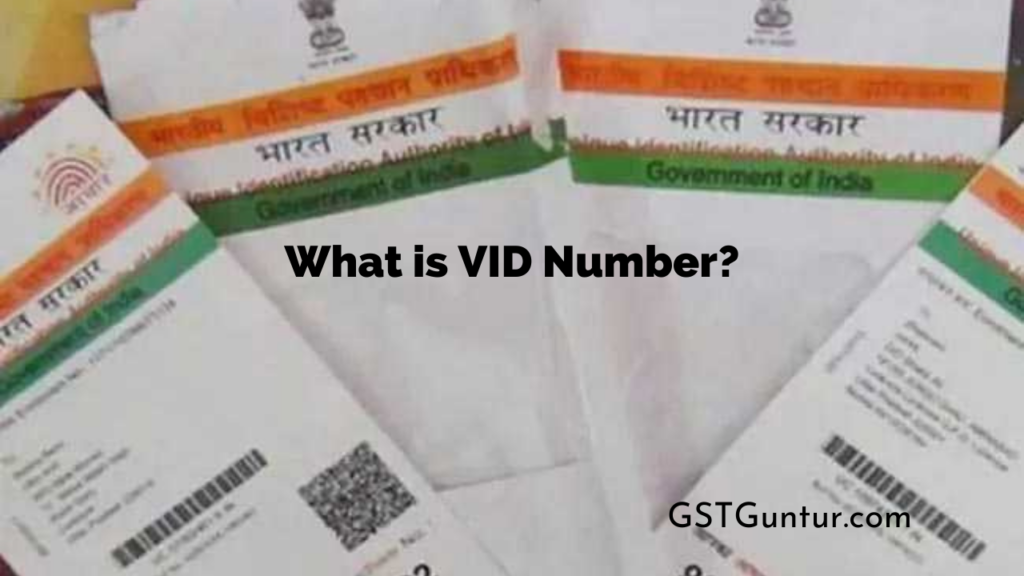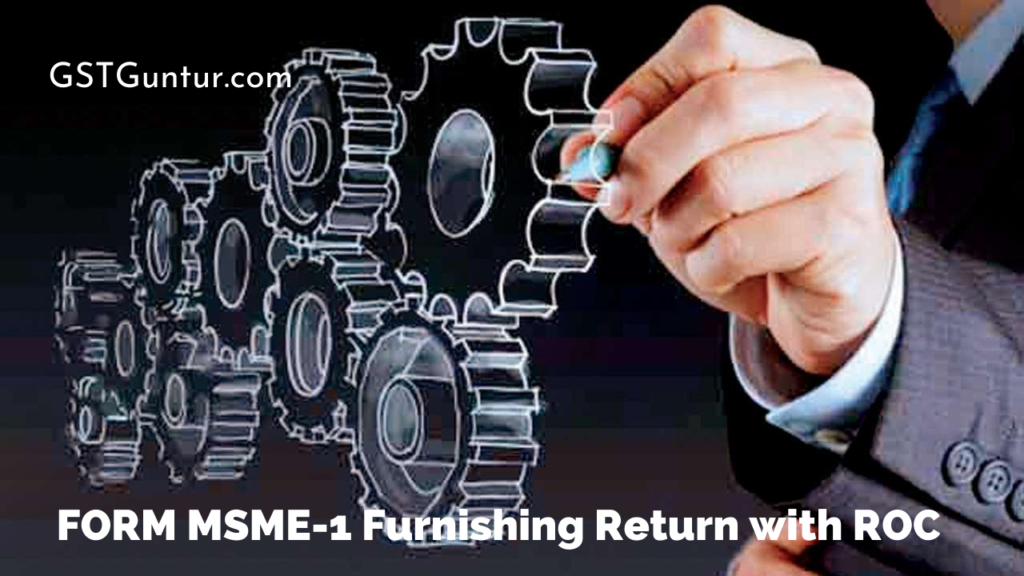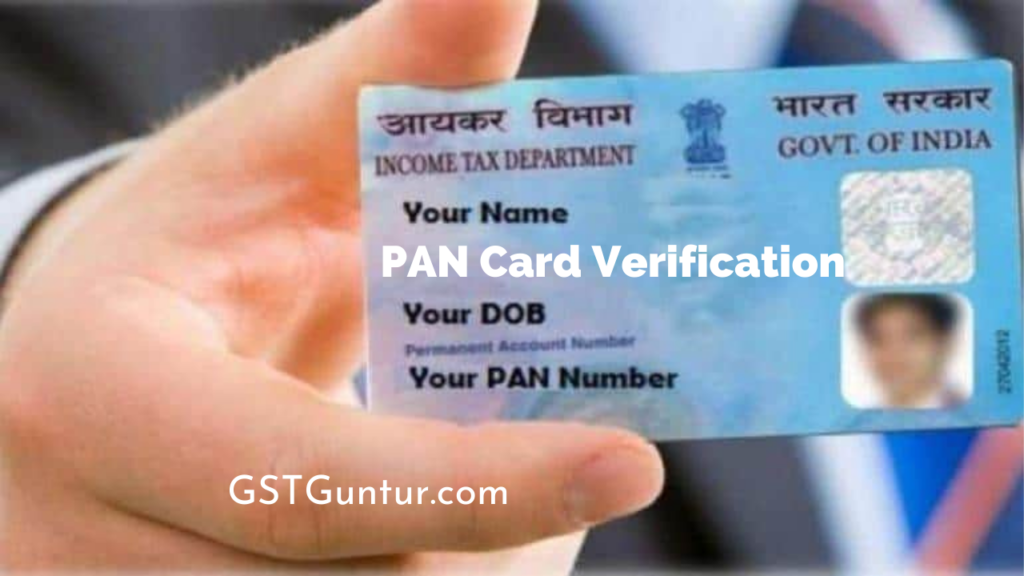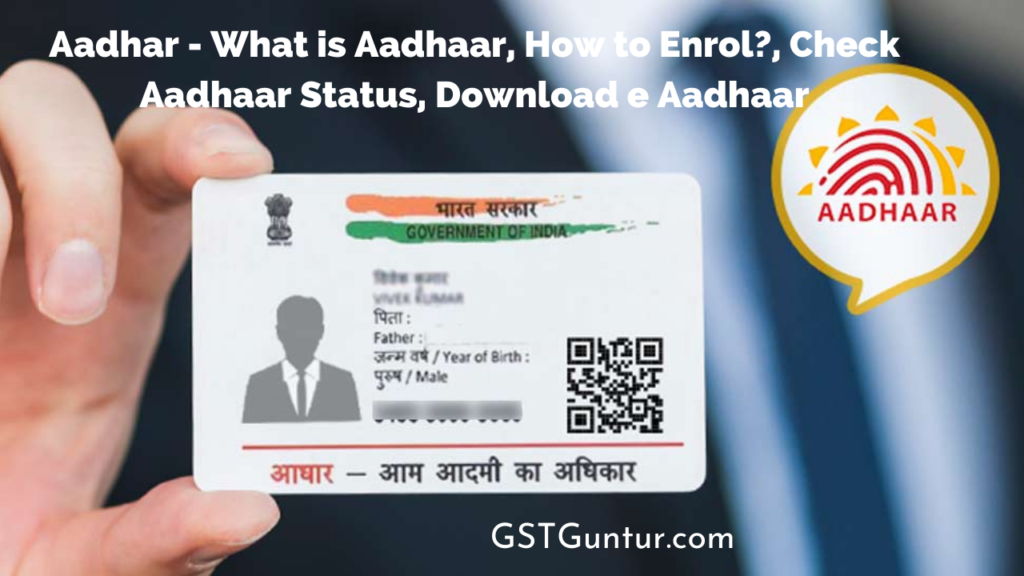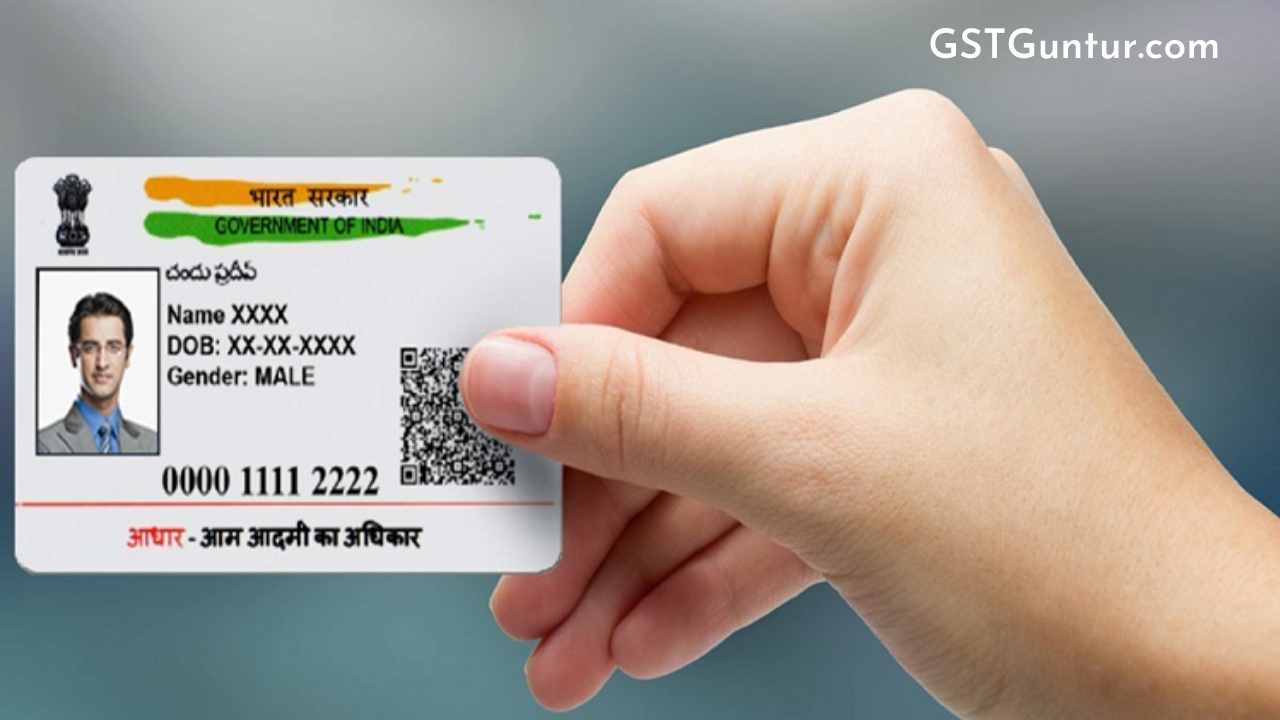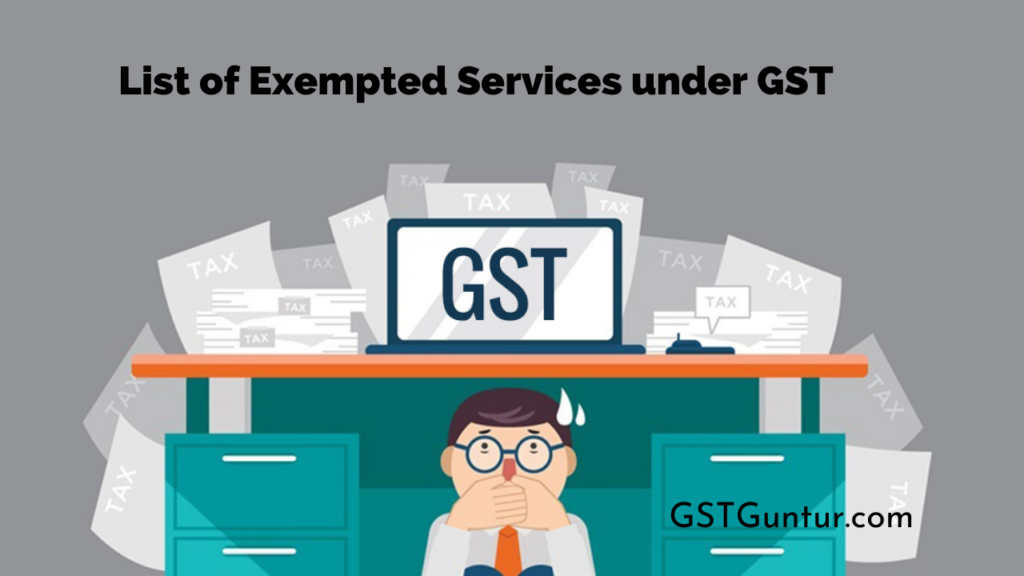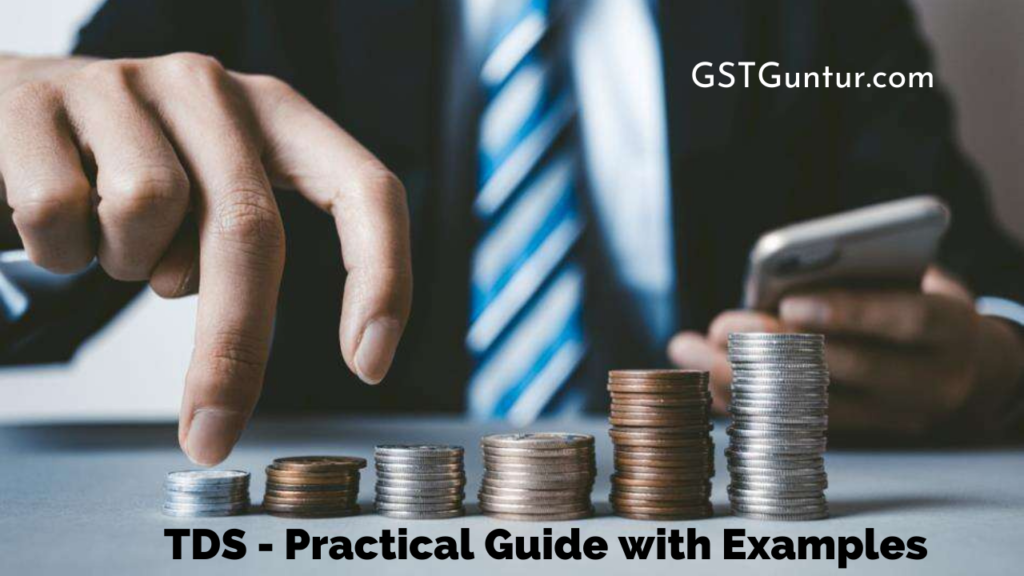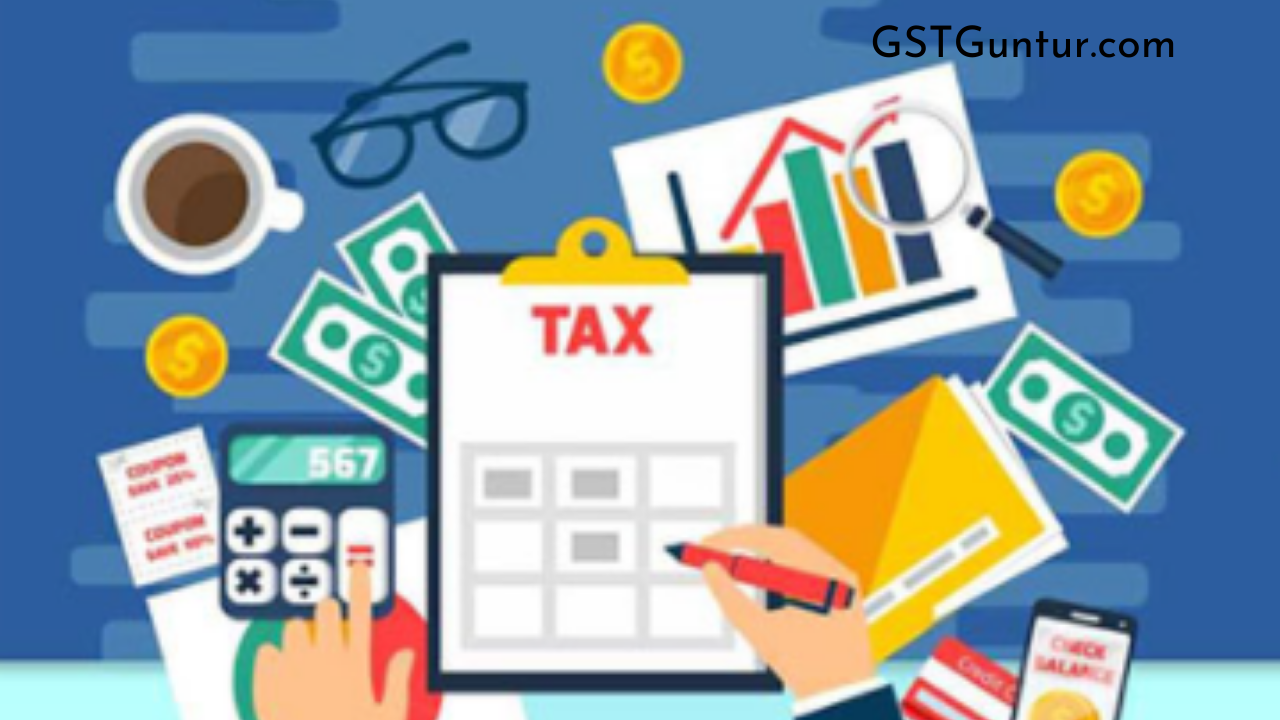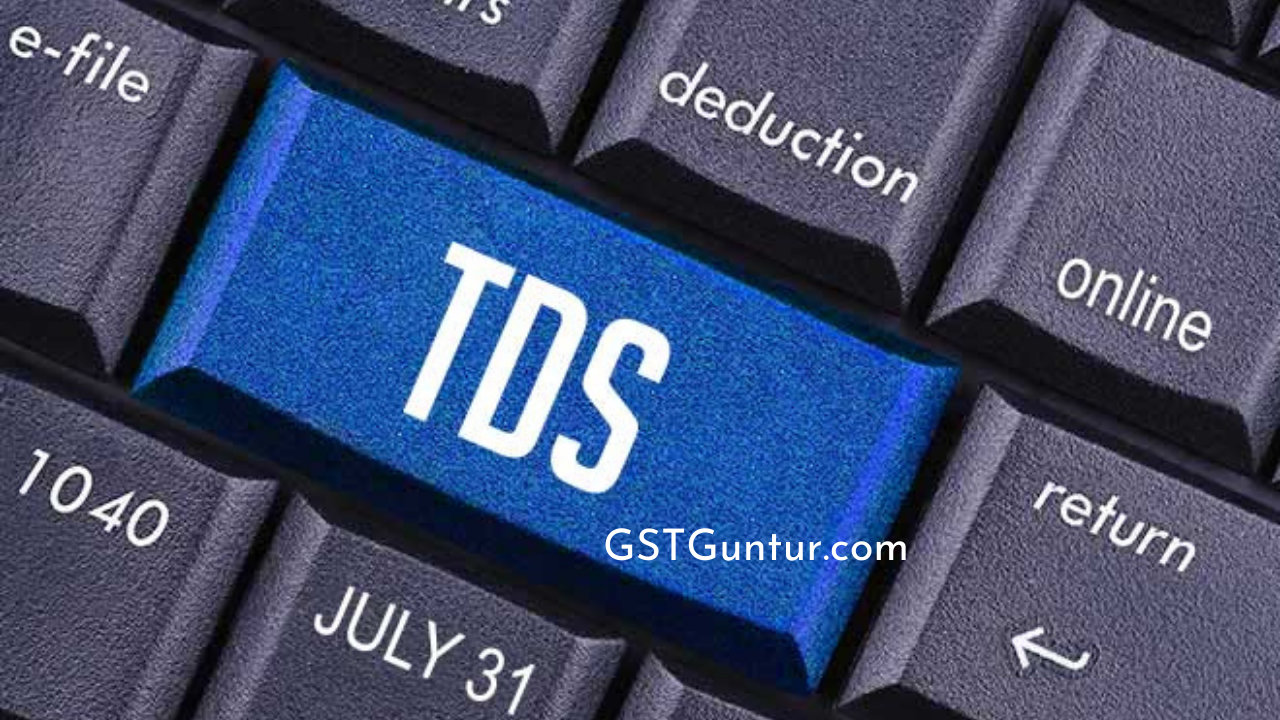Agricultural Income Tax Calculation | Types, Calculation and Factors of Agricultural Income Tax
Agricultural Income Tax Calculation: Agricultural income is the revenue earned from sources concerned with agricultural activities. These sources of income are inclusive of activities such as farming, activities related to building or use of agricultural or commercial yield from a horticultural land.
- What is meant my Agricultural Income in India?
- The types of Agricultural Income
- Taxability of Agricultural Income in India
- Calculation of tax on Agriculture
- Factors to consider for amounts earned through Agricultural Income
- Taxability for unique cases
- Agricultural Income Tax Limit
- Agricultural Tax Exemption from Income Tax
- FAQS
What is Meant by Agricultural Income in India?
Agriculture is the primary activity of the majority of the population in India. The whole economic structure is greatly dependent on the country’s agriculture. Due to this reason, the government has issued some policies and taken measures to help the agricultural sector balanced and ensure growth. Out of these various schemes, an exemption to income tax is mention-worthy.
The Income Tax Act of 1961 of the Government grants tax exemption for the three major activities as mentioned below:
- The Revenue earned from any Agricultural lands located in India
- The Revenue earned from any Agricultural lands through the process of commercial production of goods obtained from the said agricultural land.
- The Revenue earned from leasing or renting of any such buildings located within or surrounding the agricultural plot.
The conditions mentioned for this point are:
- The said building should be occupied by any farmer or any cultivator by the process of paying rent.
- The said building is being used as a storehouse or warehouse.
- The agricultural land on or around which this building is located is assessed for local evaluation rates or land taxes as stated by the Government officials.
Types of Agricultural Income
The types of agricultural income areas are listed below:
Income received as revenue from any agricultural land: Rent can be defined simply as payment in cash or kind that the landowner accepts from a person through consideration of grants of land-use rights.
Any amount gained (in the form of cash or kind) from the cultivator by the landowner is agricultural income whether he performs operations himself or on a contract basis.
Income obtained from Agricultural Operations: Income acquired from lands that are located in India by utilizing agricultural regulations is considered agrarian income.
If all the fundamental procedures, such as land preparation for activities like planting, sowing, watering, etc., are practiced, any income resulting from these operations is agricultural income. Agricultural income also constitutes income from horticultural lands or orchard farming.
Income obtained from the cultivator by the performance of marketing goods: Suppose a means is not yet employed by the cultivator or the landlord receiving the product as revenue in kind.
In that case, any income acquired from such a process (as mentioned before) is considered agricultural income. This process is crucial to render the products suited for marketing. This method may be either manual or automated.
Taxability of Agricultural Income in India
The Income Tax Act has issued a method to tax agricultural income, indirectly called Partial Integration of agricultural income. Its objective is to tax non-agricultural income at high rates. The following conditions must be met to utilize this method.
It is compulsory for Individuals, Artificial juridical persons, HUF, BOI, and AOP, to calculate their taxable income utilizing this method.
Thus Company, LLP, Firms, local authorities, and co-operative societies are eliminated from using this method.
The total agricultural income is larger than Rs. 5,000 during the fiscal year.
Non-agricultural Income
| Greater than | Age |
| Rs. 2,50,000 | below 60 years |
| Rs. 3,00,000 | 60 – 80 years |
| Rs. 5,00,000 | above 80 years |
Calculation of Tax on Agriculture
Step 1: Evaluation of tax on non-agricultural income and total agricultural income.
Step 2: Calculate tax on total agricultural income and maximum exemption limit according to slab rates.
Step 3: Calculate the annual tax as a difference in the amounts as calculated in Steps 1 and 2. An individual can obtain the following:
- Deduction of any individual who has paid excess taxes or rent, if available.
- Incorporation of surcharge if it is applicable.
- Addition of Cess on Health and Education.
Factors to Consider for Amounts Earned through Agricultural Income
To categorize revenue earned from agricultural land, one should consider the factors below.
- Presence of land: The income derived should be acquired from an existing plot of agricultural land.
- The utilization of land for agricultural purposes: Revenue or rent obtained from the farmland and the income gained by a cultivator via the sale of products should be based on agricultural procedures on a plot of land. Besides the revenue obtained from agrarian policies, the scope of agricultural assets also comprises operations undertaken to make the products marketable.
- Cultivation of land is compulsory: An individual should generate income by way of land cultivation. Agricultural income includes the whole land produce like commercial crops, grain, fruits, etc.
But it does not involve using a plot of land for activities like poultry farming, dairy farming, breeding of livestock, and such others.
- Ownership of land is optional: The law has not made the cultivator the landowner obligatory in agricultural procedures.
However, in cases concerning revenue or rent, includes an individual who must possess an interest in the farmland, either as an owner of the land or a contractor.
Taxability for Unique Cases
Suppose your income is Rs 2,80,000, and your agricultural income is Rs 3,50,000 from 2018 to 2019 or 2019 to 2020. In that case,
Calculation of tax on total income of Rs 6,30,000
| Specifications | Amount |
| Tax on Rs. 2,50,000 | – |
| Tax on the following Rs. 2,50,000 at 5% | 12,500 |
| Tax on remainder of Rs. 1,30,000 at 20% | 26,000 |
| Gross Tax | 38,500 |
Calculation of tax on basic exemption limit and agricultural income
| Specifications | Amount |
| Tax on Rs. 2,50,000 | – |
| Tax on the following Rs. 2,50,000 at 5% | 12,500 |
| Tax on the remainder of Rs. 1,00,000 at 20% | 20,000 |
| Gross Tax | 32,500 |
| Tax on Agricultural incomes | 6,000 |
| Rebate under 87A | 2,500 |
| 3,500 | |
| Other applicable Cess | 105 |
| Total payable tax | 3,610 |
Agricultural Income Tax Limit
Capital Gains will not occur for sales of land situated in Rural Areas since it is excluded from the section on Capital Asset. However, Capital Gains will occur on the sale of land located in Non-Rural Areas, as mentioned.
But the exemption can be claimed from such Capital Gains as mentioned under Section 54B for investment in agricultural land. The new agricultural land acquired may either be Rural Land or Non-Rural Land.
To claim an exemption under Section 54B, people should meet the following criterion.
- The exemption can be claimed only by Individuals or HUF.
- The transferred asses (long term or short term) must be an agricultural plot.
- The plot must be used for agriculture by Individuals (or guardians) for two years and HUF by any members.
- If a person cannot acquire a new field before the due date for income tax filing, they should deposit the Capital Gain in the Account Scheme.
Agricultural Tax Exemption from Income Tax
Conditions
- The total agricultural income is lesser than Rs. 5,000
- The income from agricultural land is the solitary source of income.
- Both agricultural and other sources of income and the total income except agricultural income are smaller than the basic exemption limit.
If the agricultural income exceeds Rs. 5,000, and there are other sources of income. In that case, the tax liability for that year will be as follows:
- Calculation of income tax on the aggregate income according to the prevalent tax rates.
- Computation of income tax on aggregate of basic exemption limit and agricultural income according to the prevalent tax rates and calculate the tax liability for the fiscal year.
FAQ’S on Agricultural Income Tax Calculation
Question 1.
What amount of income enjoys tax exemption?
Answer:
Agriculture income is exempted from additional taxes. However, the state government may charge agriculture tax from a person’s income. An amount of up to Rs. 5000 revenues from agricultural activities are not taxable.
Question 2.
How does one calculate agricultural income?
Answer:
You can compute agriculture income by subtracting expenses of agriculture causes from the total agriculture revenue.
Question 3.
What is meant by partial agricultural income?
Answer:
Partial agriculture income is that income where one cultivates agricultural products and uses them as raw materials to manufacture products. The income from product sales is known as partial agriculture income.
Question 4.
What if someone practices agricultural activities on urbanized land?
Answer:
The provision of taxability on agriculture income remains the same and applies to payment obtained from urbanized land.
Question 5.
Is income from animal husbandry be considered as agricultural income, then?
Answer:
No. Any such income generated from animal husbandry will not be considered as agriculture income.
Question 6.
Calculation of taxes on agricultural income?
Answer:
Process:
- Additional agriculture income and non-agriculture income.
- Calculating taxes on net income
- Adding the basic exemption limit to total agriculture income
Question 7.
Calculating income tax.
Answer:
Process:
- Subtracting the amount of income tax from the amount on net income
- Subtracting deduction as per Section 87A
- Addition of health Cess
Question 8.
What kind of income is not considered agricultural income?
Answer:
Income from activities like Livestock, Dairy, Poultry farming, or Pisciculture is not considered agricultural income.
Question 9.
What is Section 54B under the Income Tax Act of 1961?
Answer:
Section 54B stated information related to the exemption available for the individuals and HUF.
Suppose Individual/HUF is trading urban agriculture land and acquiring urban/ rural land within two years of the date of transfer. The exemption would be available for lower capital.

